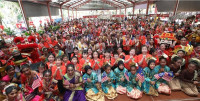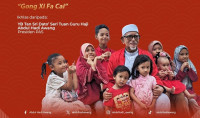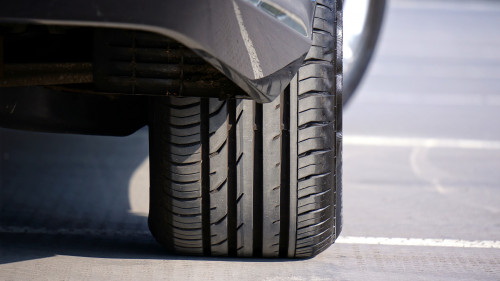DATING back to more than 1,500 years ago, the lion dance is a type of dynamic performance customarily practiced to bring prosperity, good luck and peace.
These are three very significant elements essential today, if we look at present lifestyle limitations.
Although it is still weeks ahead of this year’s festive celebration, youths were seen enthusiastic in their costumes, ready to give their best southern lion dance moves during a two-day competition hosted in Puchong recently.
Taking the opportunity to understand the interest driving the multiple dance clubs representing the different associations and campaigns available, much was discovered about the vivid tradition.
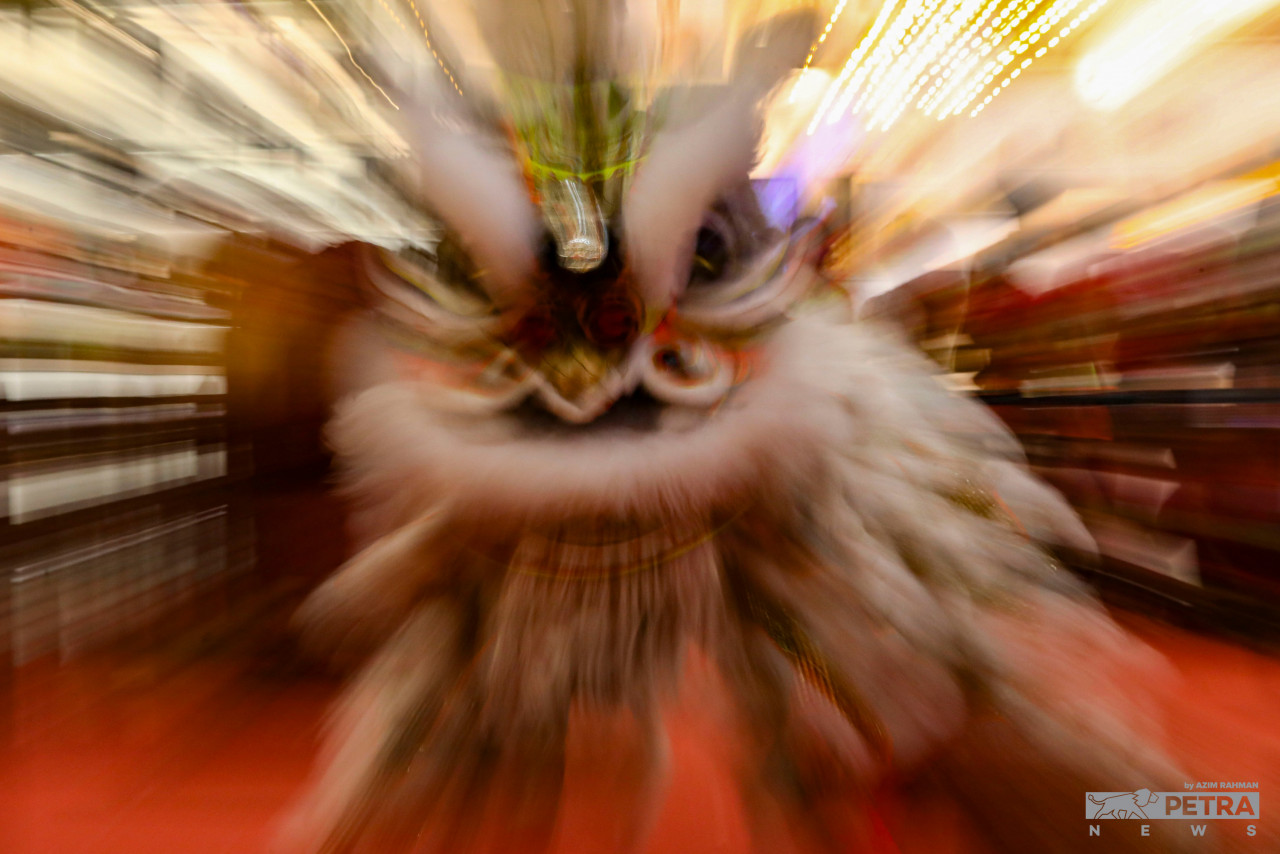
Roaring the young
The lion dance costume is controlled by two dancers. One handles the head, made out of strong, but light materials like paper-mache and bamboo. The other plays the body and the tail under a cloth that is attached to the head.
Originating from Guangdong province in China, the southern lion dance style in particular is popular in Hong Kong and Macau.
It has a distinct appeal where the performance is based on the study of a lion's behavior, with an emphasis on both emotive and physical actions such as wiggling, scratching and even the licking of fur.
Basically, trying to make the lion as realistic as possible and have audiences forget that there is a person behind the mask.
The entertainment factor is further measured by the skills of the dancers. In other words, how well they can play with a ball, which includes swallowing it.
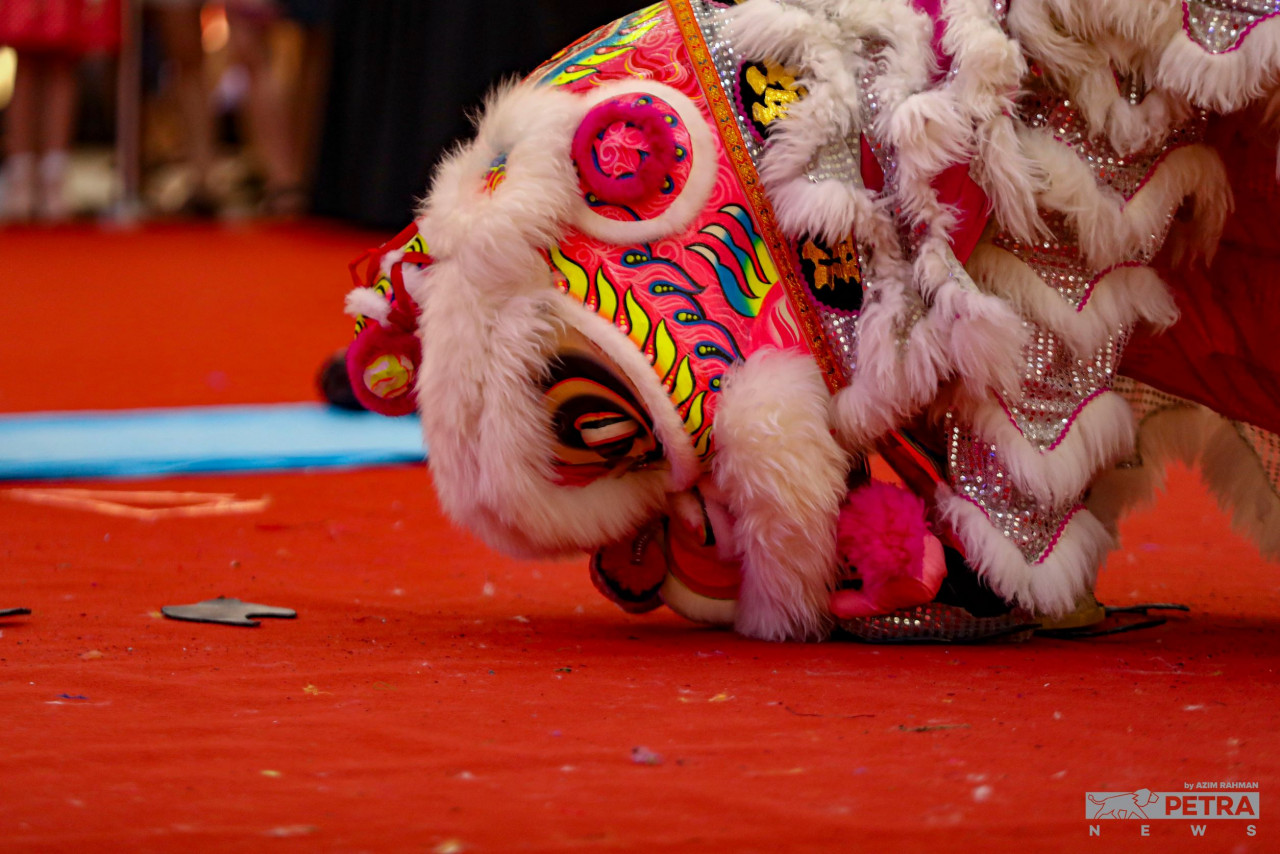
Meanwhile, the northern lion dance has close relations to Chinese martial arts.
“I have always been fascinated by lion dancing since kindergarten, but only started picking it up properly when I was in standard two. My primary school had a lion dance curriculum then,” shared Shazmi Low, whom The Vibes Culture & Lifestyle met during the affair.
“I am mixed-race and have Chinese ancestry on my father’s side, but I remember both of my parents being equally encouraging about taking up the skill.”
The 20-year old college student was assisting his head coach who could not attend in person by making sure the participants of his group (aged between 15-25) were prepped for their number.
According to Low, what’s great about the activity is that it can build bridges between a lot of people from different walks of life.
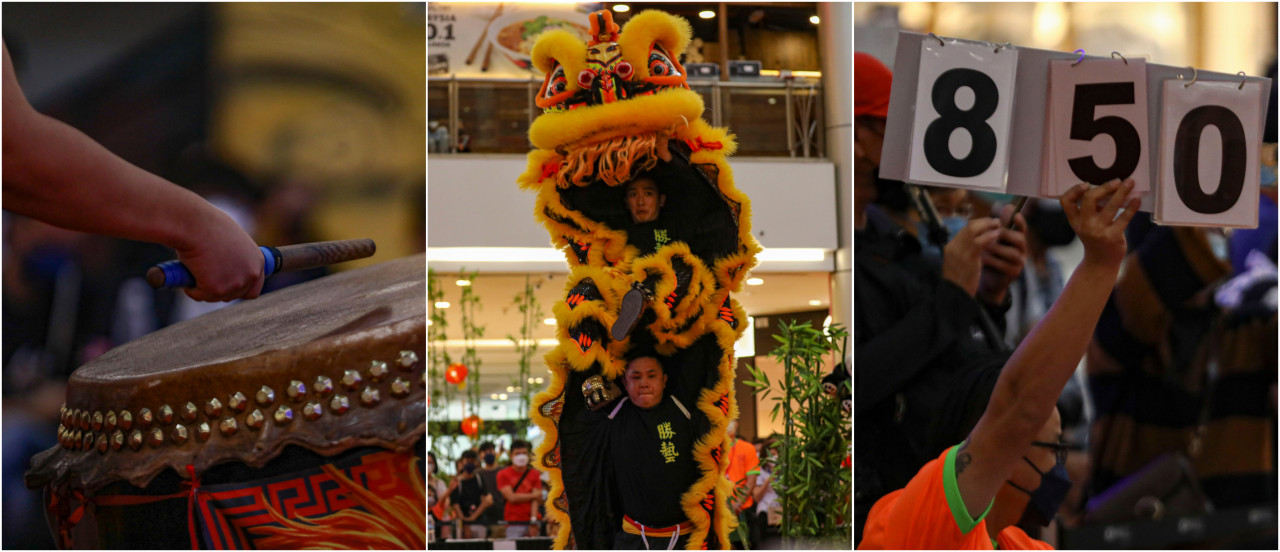
“For the competition, we are actually four [dance] groups combined into one ‘semangat’ to form a troupe.
“It’s quite normal for us because our training ground is not that far and outside of practice we do still see each other to hangout,” he said.
“To train in lion dance is not expensive, and based on my own experience, I don’t remember there being any registration fee,” he added.
Low shared that even when some groups do take a deposit, it usually goes to creating the uniforms, at times helping to fund the actual lion costume and props.
“If you decide to not pursue lion dancing any longer, you can return the uniform and get back the money you deposited.
“I would personally encourage anyone who is curious or likes it to try and take up the dance style,” said Low.
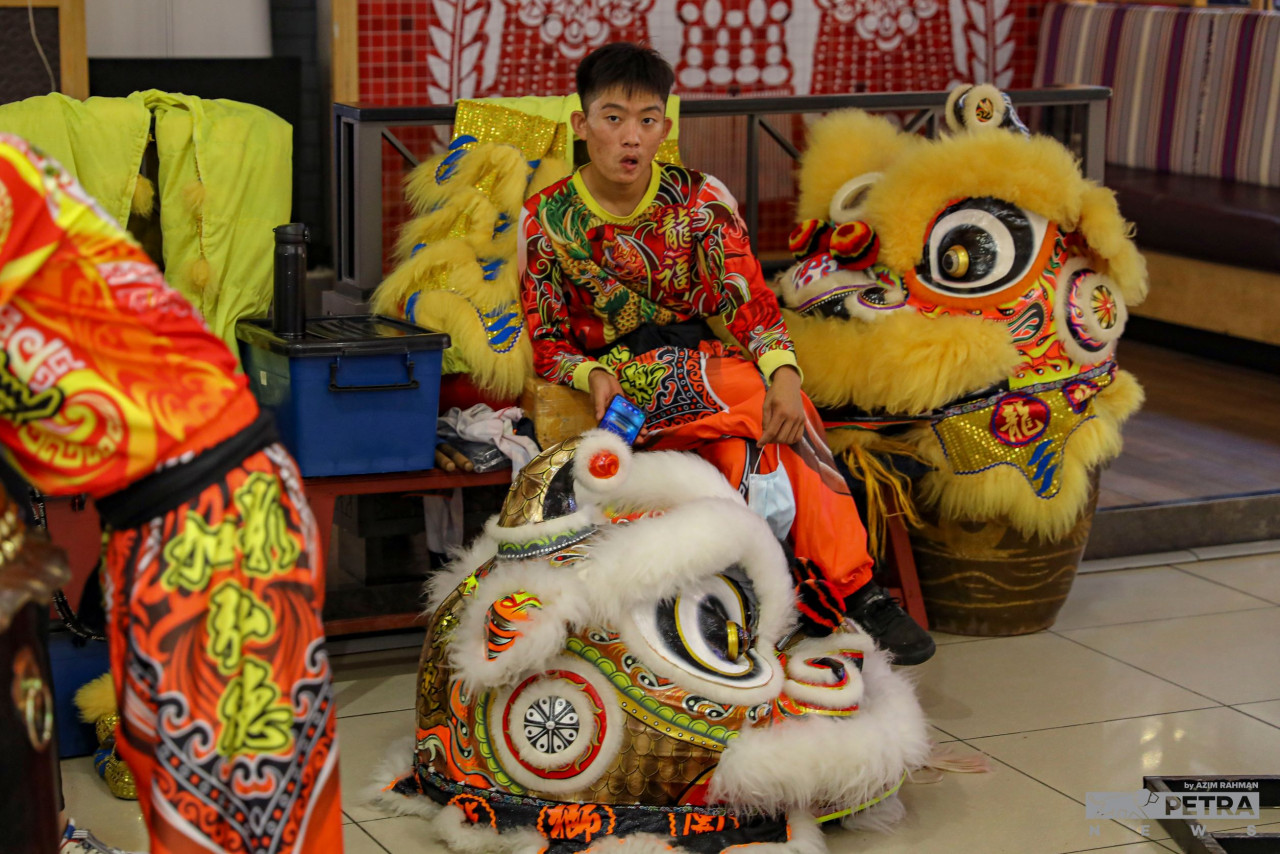
Dance and diversity
Thoughts on the origin of the Chinese lion dance are definitely wide, but the one certainty is that the lion (much like the dragon) was thought to be only a creature that existed in myth, not until the animal was introduced to China, sometime prior to the Han Dynasty, due to the Silk Road trade route.
During which, many had mimicked the appearance and actions of the newly arrived lions in performances. Eventually it developed during the Three Kingdoms Period (220 to 280 AD) into the ‘lion dance’ that we know today, further popularised with the rise of Buddhism in the Northern and Southern Dynasties (420–589 AD).
The competition eventually saw champions Kedah Hong Teik Traditional Southern Lion bringing home the main trophy and the grand prize of RM8,888 in cash.
Kuala Lumpur Xinyang Athletic Association chairman Randee Chuah said: “Today, people see and treat it as an actual sport.”
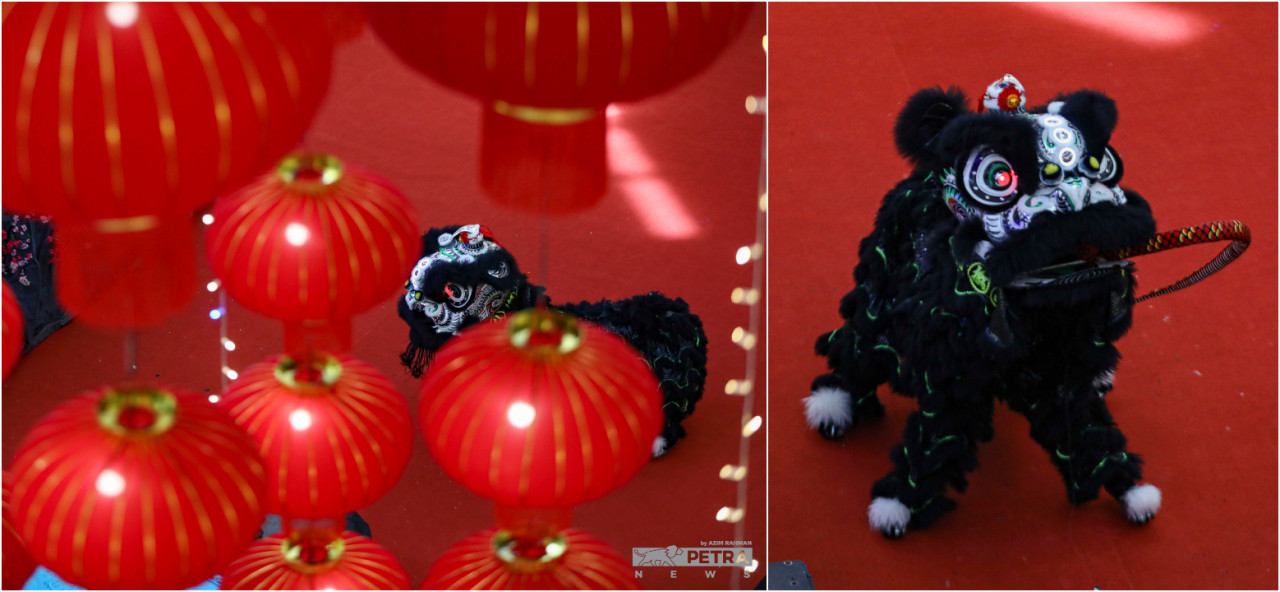
He noted that the skills over the centuries have been refined into a certain discipline that the dancers need to progress until they have a certain level of mastery.
“It’s great to see how the tradition is continuously being preserved and practiced beyond the Chinese community because of the training it [lion dancing] offers.
“I think that it’s great that participants are now representing the diversity we have as Malaysians.
“We have gone through two-years worth of a long ordeal and having to finally see the dance troupe all coming together is a delightful sight,” expressed Chuah. – The Vibes, January 13, 2022



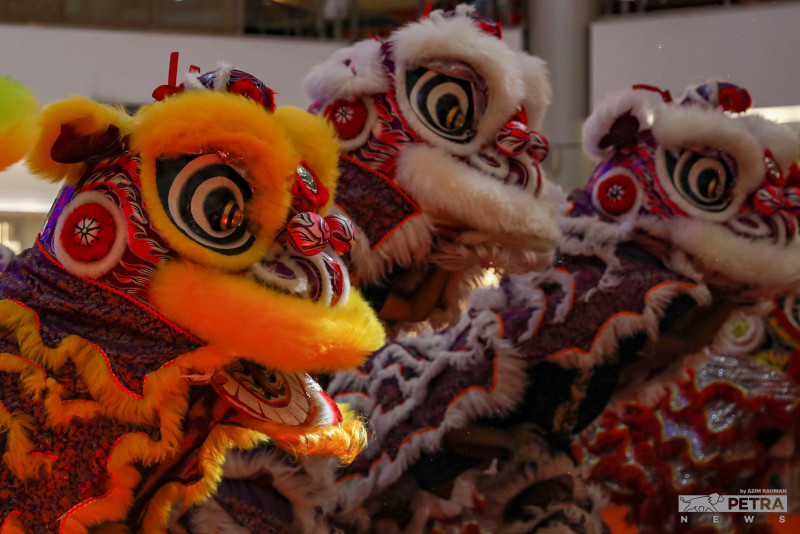

_with_other_members_after_lodging_a_report_on_Chow_Kon_Yeows_billboard_images_being_defaced_in_vandalism_acts._IAN_MCINTYRE-The_Vibes_pic._February_23__2024.jpeg)
